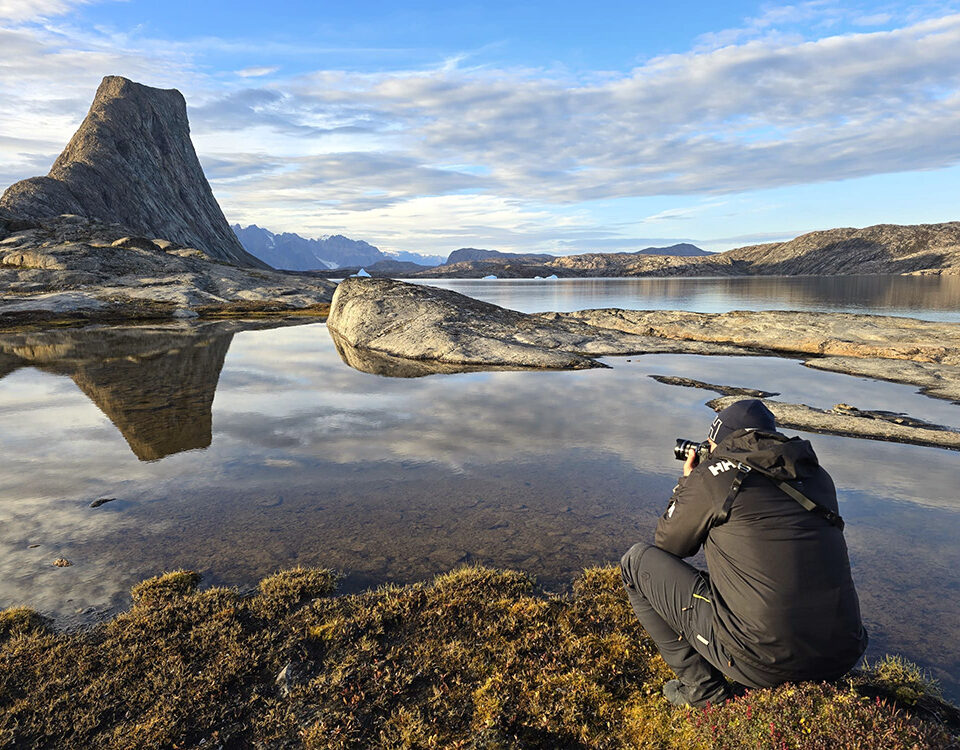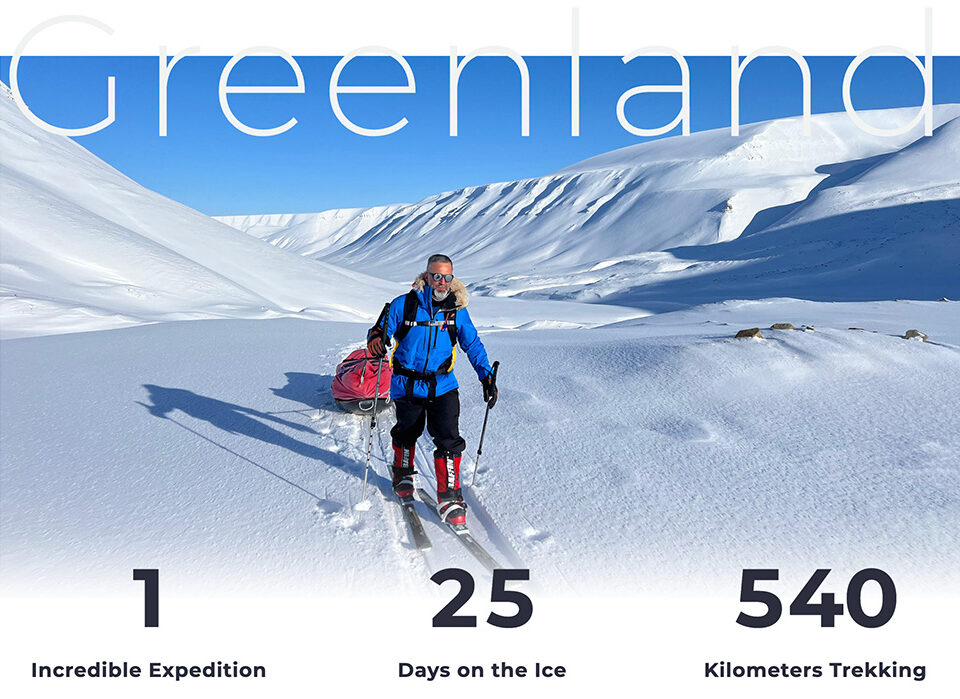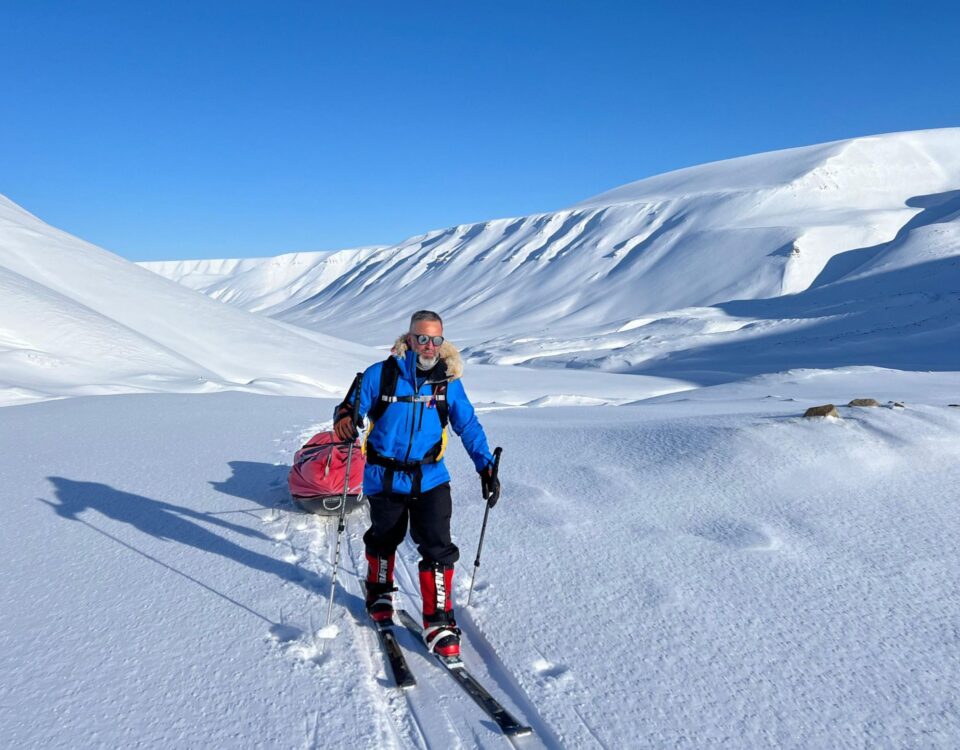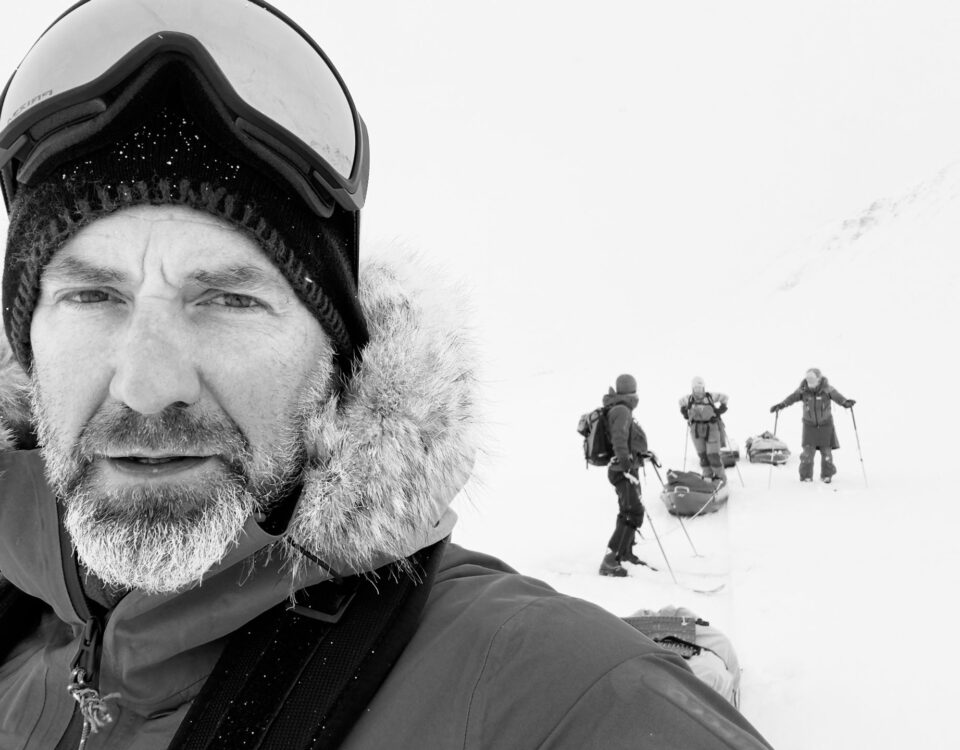In the frigid realms of the Arctic and Antarctica, the key to survival and comfort lies in a well-executed layering system. Layering is more than just piling on garments; it’s a science that harnesses the power of insulation, breathability, and moisture management to keep your body functioning at its best in the harshest of environments.
The Science Behind Layering
At the core of layering lies the principle of trapped air. Air, being a poor conductor of heat, acts as an insulating barrier when trapped between layers of clothing. This trapped air helps to minimize heat loss from your body, keeping you warm and comfortable even in the most extreme cold.
However, it’s not just about trapping air; proper layering also facilitates moisture management, a critical factor in maintaining your body’s thermal regulation. As you exert yourself, your body generates heat and moisture, which can quickly turn clothing layers into damp, heat-sapping prisons if not properly managed.
Enter the concept of breathability. By layering with fabrics that allow for air and moisture transfer, you create a microclimate around your body that wicks away perspiration while still retaining warmth. This delicate balance is essential for maintaining a consistent core temperature and preventing the dangerous effects of hypothermia and frostbite.
The Risks of Improper Layering
Failure to layer correctly can have severe consequences in arctic and polar environments. Without proper insulation, your body will struggle to maintain its core temperature, leading to a dangerous drop in body heat and the onset of hypothermia. This condition can impair cognitive function, coordination, and even lead to unconsciousness and death if left untreated.
On the other hand, inadequate breathability can cause excessive sweating, resulting in damp clothing that quickly robs your body of heat. This moisture build-up can also increase the risk of frostbite, as the moisture in your clothing freezes, drawing heat away from your extremities.
Deconstructing the Layers
To master the art of layering, you must understand the purpose and function of each layer:
- Base Layer:
The base layer is the foundation of your layering system, responsible for wicking moisture away from your skin. Look for fabrics like merino wool or synthetic moisture-wicking materials that can effectively transfer sweat while still providing insulation. - Mid Layer:
The mid layer is where the bulk of your insulation lies. This layer typically consists of fleece, wool, or lightweight synthetic insulation, designed to trap air and retain body heat. The mid layer should be breathable, allowing moisture to escape while still providing warmth. - Puffy Jacket (Insulating Layer):
The puffy jacket, or insulating layer, is your heavy-duty insulation for extreme cold conditions. Down or synthetic insulation are popular choices, providing exceptional warmth-to-weight ratios. This layer should be worn over your base and mid layers, trapping the warmth generated by your body. - Shell (Outer Layer):
The outer shell is your first line of defense against wind, precipitation, and abrasion. Look for waterproof and breathable fabrics like Gore-Tex or similar membranes that allow moisture vapor to escape while blocking external moisture and wind. This layer should be worn over your insulating layers, creating a protective barrier against the elements. - Parka (Expedition Layer):
For extreme polar conditions, a specialized parka or expedition jacket may be necessary. These garments often feature multiple insulating layers, reinforced hoods, and extended hem lengths to provide maximum protection against the elements. They should be worn as the outermost layer, with room underneath to accommodate your other layers.
Layering Strategies
Effective layering is not just about wearing the right garments; it’s also about understanding how to combine and adjust layers based on your activity level and environmental conditions.
For high-exertion activities like skiing or trekking, start with a lightweight base layer and add or remove mid layers as needed to regulate your body temperature. During rest periods or extreme cold, add your insulating puffy jacket and outer shell to maximize warmth retention.
Remember, layering is a dynamic process. As conditions change, be prepared to add or remove layers to maintain your comfort and safety. Communication with your expedition team is also crucial, as everyone will have different metabolic rates and heat tolerances.
Here’s a list of recommended items from Helly Hansen for each layer, great for arctic and polar conditions:
Base Layers:
Mid Layers:
- Helly Hansen Daybreaker 1/2 Zip Fleece
- Helly Hansen Paramount Softshell
- Helly Hansen Hooded Midlayer Crew Jacket
Insulating Puffy Jackets:
Outer Shell Layers:
Parkas/Expedition Layers:
This list covers high-quality base layers that wick moisture, insulating mid layers, lofty down or synthetic puffy jackets, waterproof/breathable outer shells, and extreme cold weather parkas from Helly Hansen – a trusted brand for polar exploration clothing.
Mixing and matching these pieces allows you to build an effective layering system tailored to your arctic adventure needs.

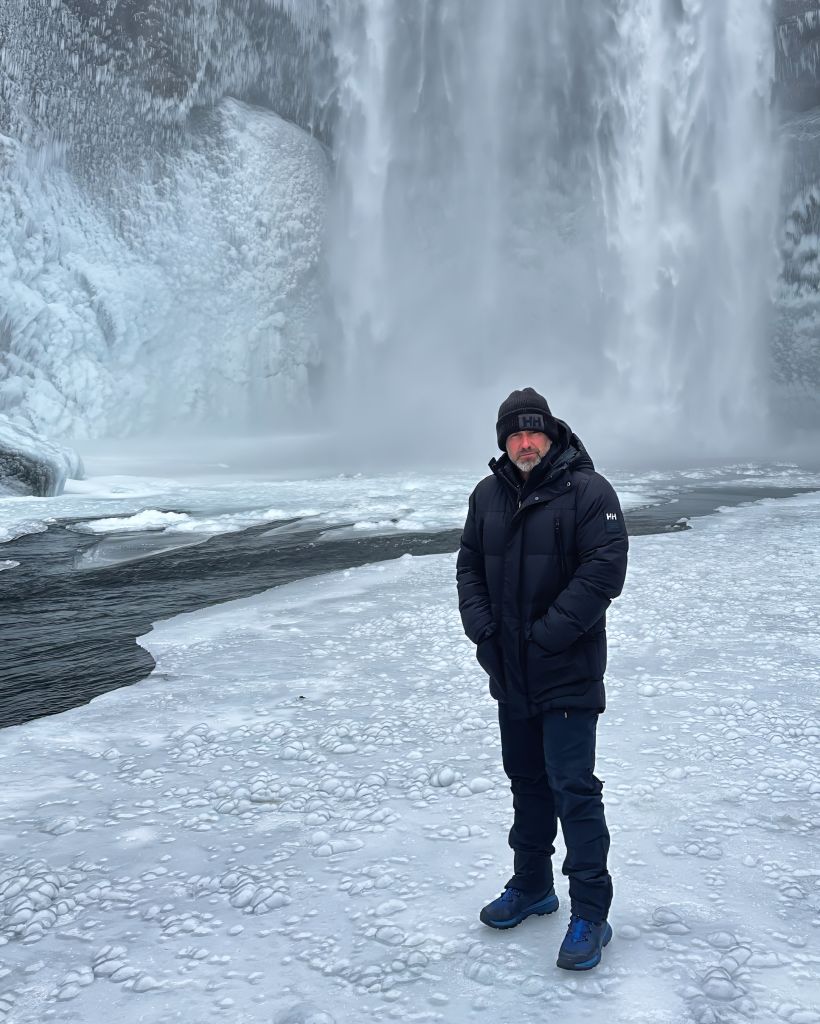
And yes, I am an ambassador for Helly Hansen South Africa but I have also spent a lot of my own money on the brand for my upcoming Arctic expeditions so I ‘m all in and 100% believe in the brand!

By mastering the art of layering, you’ll not only stay warm and dry in the harshest of environments, but you’ll also unlock the freedom to explore the Arctic and Antarctic regions with confidence and comfort.
And yes, if you have any questions please let me know and I will be more than happy to assist. Embrace the science, understand the risks, and layer like a pro – your arctic adventures await!
Stay safe. And don’t forget to be awesome.





